Are you tired of trying to figure out whether you have wavy hair? Look no further! This guide will provide simple and easy methods to determine your hair type.
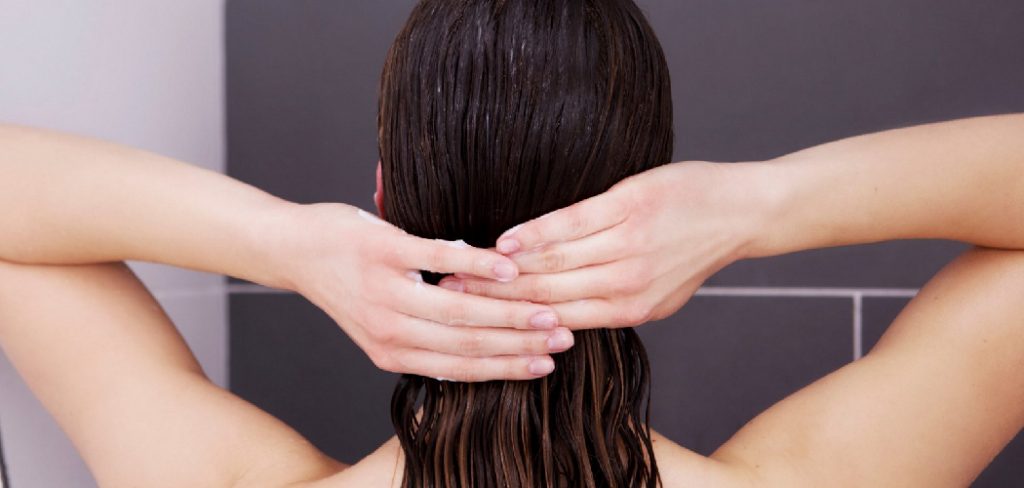
If you’ve always wondered whether you have wavy hair, there are simple tests you can do at home to reveal your hair’s natural texture. Understanding your hair type is the first step towards finding the proper hair care routine and styling techniques that enhance your waves.
In this article on how to test if you have wavy hair, we’ll explore easy methods to test if you have wavy hair, empowering you to embrace and celebrate your unique hair texture. Let’s dive in and unlock the secret of your beautiful waves!
What Are the Benefits of Knowing Your Hair Type?
Before we dive into the different methods to test if you have wavy hair, let’s first understand why it’s important to know your hair type. Here are some benefits:
- Choosing the right products: Different hair types require different products. By knowing your hair type, you can select shampoos, conditioners, and styling products that cater specifically to wavy hair.
- Achieving better results: The right products and styling techniques for your hair type will help you achieve defined, frizz-free waves with minimal effort.
- Avoiding damage: Using the wrong products or techniques can cause damage to your delicate waves. Knowing your hair type will help you avoid using harsh and damaging products.
- Understanding your hair’s natural behavior: Knowing your hair type will help you understand your hair’s natural tendencies. This will allow you to choose the right styling techniques and products to enhance your waves.
Once you know your hair type and understand its unique characteristics, you can tailor your hair care routine to suit your needs. Now, let’s explore the different methods to test if you have wavy hair.
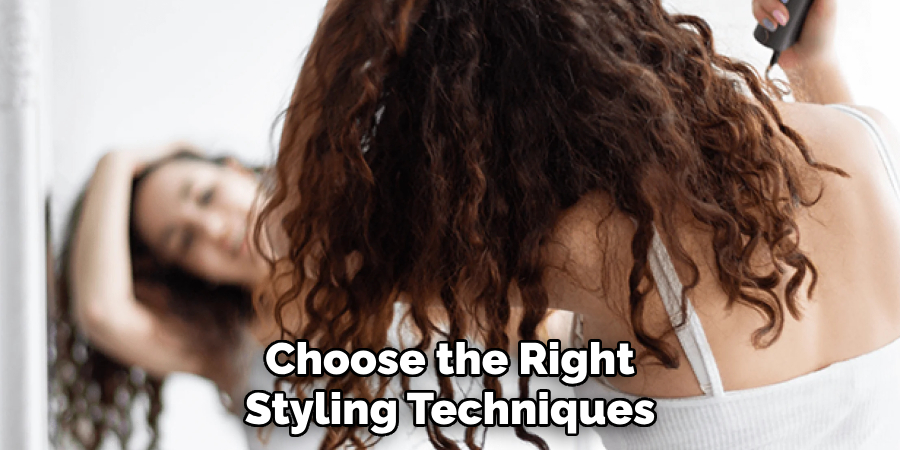
What Will You Need?
Before we get started, you’ll need a few things to perform these tests:
- A Comb: This will help you detangle and section your hair for the tests.
- Hair Clips or Ties: These are useful for separating sections of your hair during the tests.
- A Spray Bottle: This will come in handy if you have dry hair that needs to be dampened for some tests.
Once you have these items, let’s move on to the tests.
10 Easy Steps on How to Test if You Have Wavy Hair
Step 1: The Wash and Go Method
To test if you have wavy hair, start with the simple and popular “wash and go” method. Begin by washing your hair with a gentle shampoo and conditioner suitable for your hair type. Avoid using heavy products that may weigh down your hair. After washing, gently towel-dry your hair to remove excess moisture. Avoid rubbing vigorously, as this can cause frizz.
Apply a curl-enhancing product or a lightweight leave-in conditioner to dampen hair. This will help define your natural waves and provide hold. Use your fingers or a wide-toothed comb to detangle your hair gently. Avoid using a brush, as it can disrupt the natural wave pattern. Allow your hair to air dry without disturbing the waves. Avoid touching or running your fingers through your hair while it dries to prevent frizz. Once your hair is dehydrated, observe its natural pattern. If you notice S-shaped or loose waves forming, it indicates that you have wavy hair.
Step 2: The Wet Bun Test
For this method, start by detangling your hair with a wide-toothed comb. Then, dampen your hair with a spray bottle if necessary. Next, twist all of your hair at the nape of your neck into a bun.
Use a hair tie or clip to secure the bun in place. Leave it in for 10-15 minutes, then release the bun and let your hair down. If you notice loose waves forming around the crown of your head, you likely have wavy hair.
Step 3: The Scrunch Method
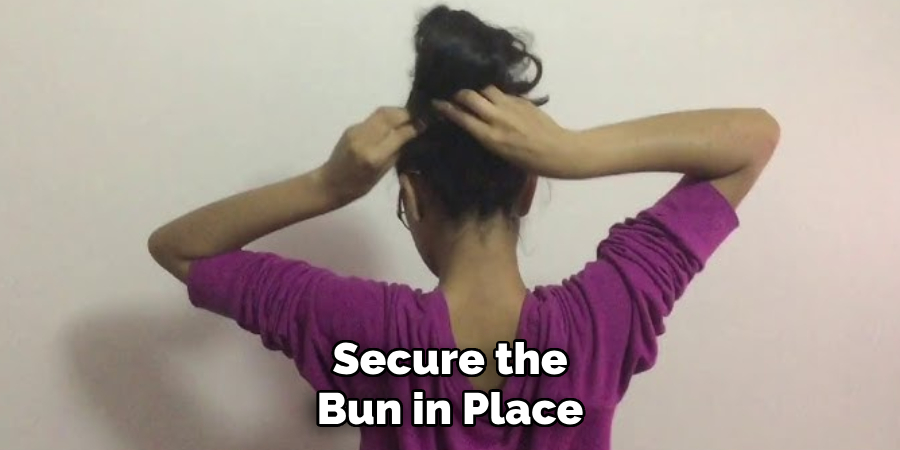
The scrunch method is popular for enhancing and defining natural waves in wavy hair. After washing your hair, gently squeeze out excess water using a microfiber towel or an old cotton t-shirt. Avoid rubbing your hair vigorously with a towel, which can cause frizz.
Apply a curl-enhancing or wave-defining product to your damp hair, such as a mousse, gel, or curl cream. Use an amount that is suitable for your hair length and thickness.
Next, flip your hair forward and gather small sections of your hair in your palms. Scrunch your hair upward towards your scalp, using your hands to squeeze and hold each scrunch for a few seconds. This technique helps to encourage your natural waves and add texture. Repeat this scrunching motion throughout your hair until you have scrunched all the sections.
Step 4: The Finger Coils Method
This method is similar to the scrunch method but involves creating finger coils instead of scrunching. Apply a curl-enhancing product or leave-in conditioner after washing and lightly towel-drying your hair. Then, use your fingers to wrap small sections of your hair around themselves in a spiral motion, creating finger coils.
Hold each coil briefly before releasing and moving on to the next section. Once you have created finger coils throughout your hair, let it air dry thoroughly before gently separating them for more defined waves.
Step 5: The Pineapple Method
The Pineapple Method is a popular technique for preserving your waves or curls overnight to maintain their shape and prevent frizz. Gather all of your hair at the top of your head as if you were going to create a high ponytail. Use a soft, fabric hair tie or scrunchie to secure your hair in place loosely.
This will help prevent creases and flatten out your curls while you sleep. In the morning, simply take down the pineapple and gently fluff out your waves or curls with your fingers.
Step 6: The Curling Wand Test
For this method, you’ll need a 1-inch curling wand (or any curling iron with a similar barrel size). Start by washing and lightly towel-drying your hair. Apply a heat protectant product to your hair before using any hot tools. Then, wrap small sections of your hair around the wand, holding for a few seconds before releasing it. If your hair forms loose waves or curls, it indicates you have wavy hair.
Step 7: The Twist Out Method
The twist-out method is another excellent way to enhance and define your natural waves. After washing your hair, apply a leave-in conditioner or curl-enhancing product. Then, twist small sections of your hair away from your face. Allow your hair to air dry completely before gently unraveling the twists with your fingers. You should be left with beautifully defined waves.
Step 8: The Braid Out Method
The braid-out method is easy to test and enhance your natural wave pattern. Begin by washing your hair and applying a curl-enhancing product or leave-in conditioner while your hair is still damp. Divide your hair into several sections, depending on how wavy you want the results.
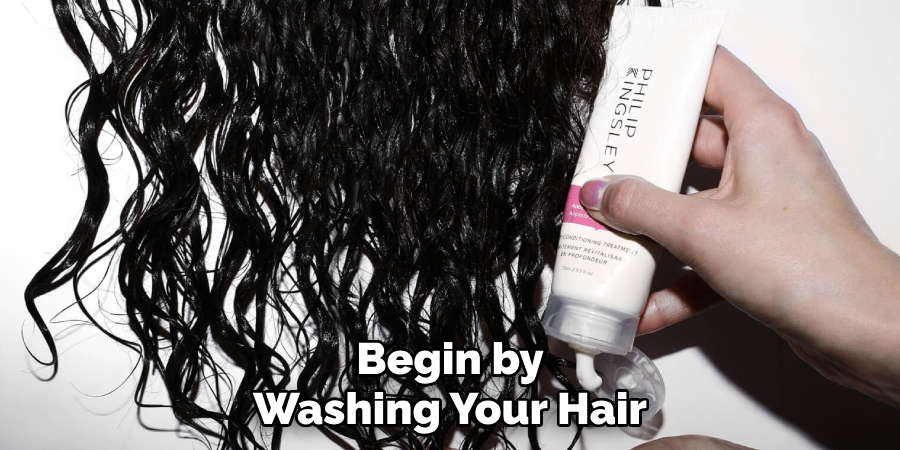
The smaller the sections, the more defined the waves. Braid each section tightly and secure the ends with small hair ties. Allow your hair to air dry entirely, or leave the braids in overnight. Once your hair is dry, gently unravel the braids and use your fingers to separate the waves. If your hair naturally adopts a wavy texture after this method, you likely have wavy hair.
Step 9: The Diffuser Test
The diffuser test involves using a blow dryer with a diffuser attachment to highlight your natural wave pattern. After washing and applying a wave-enhancing product to your damp hair, use a diffuser to dry your hair.
Tilt your head to one side and place sections of your hair into the diffuser bowl, gently scrunching as you go. Repeat this process until your hair is dehydrated. The diffuser enhances your hair’s natural texture, so if you notice defined waves forming, your hair is wavy.
Step 10: The Observation Test
Sometimes, the most straightforward test is just observing your natural hair. After washing and allowing your hair to air dry without using any heat tools or styling products, watch how your hair behaves. If it begins to dry into S-shaped patterns or bends, this is a clear sign of wavy hair.
You might notice variations in wave tightness across different sections of your hair, which is perfectly normal for wavy hair types. This method helps you understand your hair in its natural state without interference.
You can determine if you have wavy hair by using one or more of these methods. Remember, each person’s hair is unique, and some may find a combination of techniques works best for them.
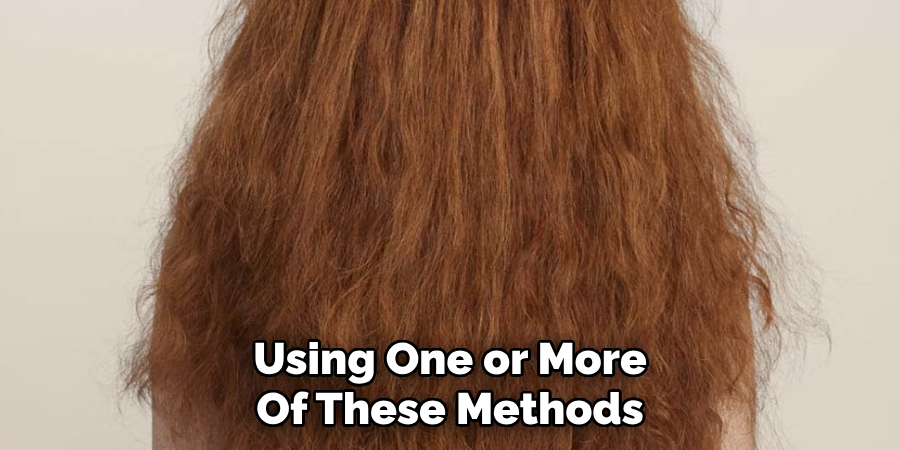
Conclusion
Whether you have naturally wavy hair or are just starting to embrace your waves, it’s essential to understand and care for your unique hair type. You can enhance and define your waves with the right products and techniques to create a beautiful, textured look.
Hopefully, the article on how to test if you have wavy hair has helped you better understand your hair type and how to care for it.
Feel free to experiment with different methods and find what works best for you. Embrace your natural waves and show them off proudly! So release those buns, and let your gorgeous wavy locks shine. Happy styling!
About the Author
Jane Hubbard is a passionate beauty expert with a wealth of experience in makeup, hair, and overall beauty techniques. After years of working as a hairdresser specialist, she followed her entrepreneurial spirit and started her own consultancy business.
Jane has always been driven by her desire to help others feel confident in their own skin, and she does this by sharing her knowledge, experiences, and practical beauty tips. Through her consultancy, she empowers individuals to embrace their unique beauty, offering tailored guidance that boosts both self-esteem and personal style.
Professional Focus
- Specializes in makeup, hairstyling, and beauty consulting.
- Provides personalized beauty advice, tips, and techniques to help individuals feel confident in their appearance.
- Dedicated to staying up-to-date with the latest industry trends and developments.
- Passionate about creating a comfortable and empowering experience for every client.
Education History
- University of Craft and Design – Bachelor of Fine Arts (BFA) in Woodworking and Furniture Design
- Woodworking Apprenticeships – Extensive hands-on training with skilled craftsmen to refine carpentry and furniture making techniques
- Online Courses & Masterclasses – Continued education in advanced woodworking techniques, design principles, and specialized tools
Expertise:
- Makeup artistry, hairstyling, and beauty consulting.
- Personalized beauty techniques to enhance confidence and self-expression.
- Educating clients on how to maintain their beauty routines at home.
